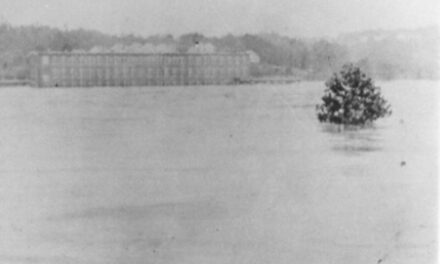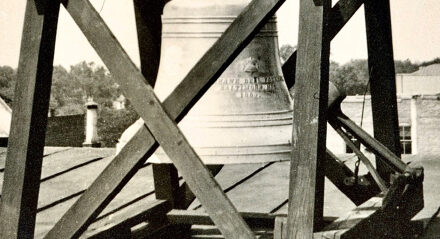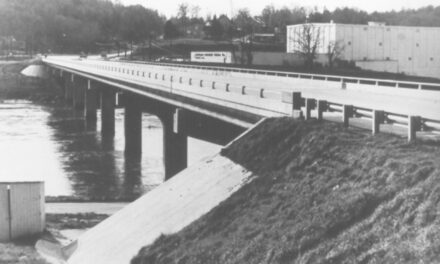
In 1965, a young man came to Hickory. He was a surveyor taking a job in town. Previously, he previously worked in Charlotte and while there had gotten involved with the All-American Soap Box Derby. His name was John Vaughn.
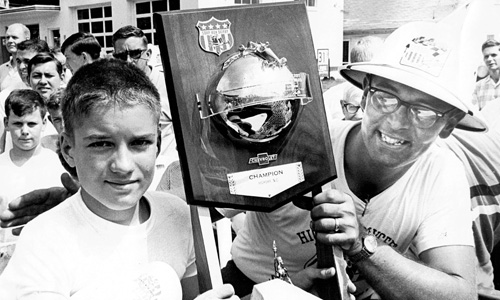
Photo: Scott Sain, winner of the first Soap Box Derby in Hickory & director John Vaughn
Originally a Virginian, John worked with the derby program for four years and as he said, “the more I got to know it, the better I liked it.” John appreciated how it trained young men in subjects like physics and engineering, plus made them responsible for their own success. He thought the youth of Hickory could benefit, if given the opportunity.
The roots of the Soap Box Derby program go all the way back to the Great Depression. Ingenuity through competition was the driving force behind the program, teaching boys aspects of automotive mechanics like steering, braking, and aerodynamics. Competitors, ages 11-14 built racing cars that they would guide downhill, no motors, and see who was the fastest. Since 1934, Chevrolet sponsored a national championship where all local winners came to Akron, Ohio to challenge each other.
Though he was new to Hickory and liked to say he “couldn’t even find his way around town,” John Vaughn fervently believed that the program would go over well in Hickory, even if the population numbered just under 20,000. The national organization disagreed.
Since Hickory was in such close proximity to Charlotte, the folks that granted charters for local races suggested that the Hickory boys just go run in the Queen City. That’s when the Charlotte director, Drew Hearn told the national committee that he might have trouble on his hands if a winner came from an outlying town. Hickory was too small, in the eyes of the national derby committee. They were unsure if enough boys would sign up to even field a slate of racers for the summer event. The committee was reluctant, but Hickory’s newest resident persisted.
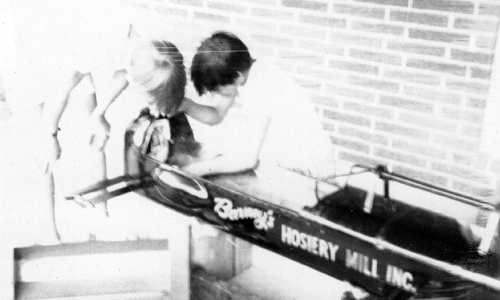
Photo: Figuring out how to build a winning Soap Box Derby car
John Vaughn needed three things to change their mind. First, he had to have a good civic group to sponsor the event and provide the massive amount of labor it took to put on an afternoon of racing down a city street. John turned to the most energetic club in town, the Hickory Jaycees. According to John, the president of the Jaycees, Charles Snipes said, “hey, we’d love it as a project.” Next, the Soap Box Derby organizer turned to a media outlet, crucial for getting the word out. The Hickory Daily Record also liked the idea and signed on as a sponsor. The paper printed coverage of all aspects of the derby, including recruitment, workshops, the races and outcomes, as well as side stories. The paper even followed the winners to Akron. Third, and this was the easy one, with Chevrolet as a nation sponsor, the local dealership was another important local backer. Everett Chevrolet, enthusiastically joined the race.
With sponsorship assured, John and the Jaycees began to recruit kids who might want to ride their own creations, “down the hill.” The national organization provided a whole list of guidelines and rules that defined what was legal and illegal in the building of a car. They supplied the wheels and a few other things, but the design and construction of each car was up to the contestant. With the cooperation of the local school systems, John held Saturday workshops on how to build soap box racers.
At 1:30pm on a Sunday afternoon, July 23, 1967, the first heat kicked off a competition between 46 boys, all striving to win with their own homemade car.
Next week, the outcome of those races.



